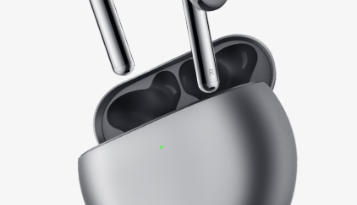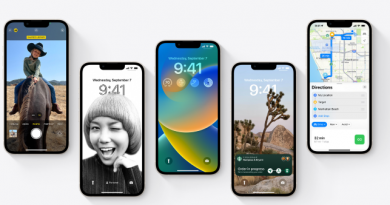What is Bluetooth Mesh Network
Bluetooth is a wireless technology standard used for exchanging data between fixed and mobile devices over short distances and building personal area networks (PANs). A short-range wireless communication technology standard and used in Personal Computers, Smartphones, Gaming Consoles, and Audio Devices. The available physical range is within 100-1000 meters which is depending on mesh relaying configuration.
Bluetooth mesh networking enables many-to-many device communications and is optimized for creating large-scale device networks. It is ideally suited for building automation, sensor network, asset tracking, and other IoT solutions that require tens, hundreds or thousands of devices to communicate with one another.

Photo source https://www.bluetooth.com/
Mesh networking compatible with core specification version 4.0 and higher.
Every mesh packet is obfuscated to protect the user’s identity and the users will not lose their privacy when using a Bluetooth mesh network. An attacker listening to mesh packets cannot determine which device sent that message since there are no identifying values, such as the source or destination address. Each time a message is relayed, this obfuscated information is changed, removing the ability to track message flow.
Bluetooth Mesh has a layered architecture, with multiple layers as Model Layer, Access Layer, Upper Transport Layer, Lower Transport Layer, Network Layer, Bearer Layer and it functions all the processes.
Mesh networking is based on the nodes relaying the messages, every relay node that receives a network packet that authenticates against a known network key that is not in the message cache. Message caching is used to prevent relaying messages recently seen.

Photo source https://www.bluetooth.com/
Nodes plays an important role in Bluetooth Mesh Network that support the various features can be formed into a mesh network. There are 4 nodes, Relay which receive, and retransmit mesh messages over the advertising bearer to enable larger networks, Proxy which help a node supporting the Low Power feature to operate by storing messages destined for those nodes, Low Power which receive and retransmit mesh messages between GATT and advertising bearers, and Friends which operate within a mesh network at significantly reduced receiver duty cycles only in conjunction with a node supporting the Friend feature.
The Traffic cannot be affected if nodes break as nodes relaying messages that stop working will not stop the network. Flood message relay creates an inherently self-healing network, as messages are sent through multiple routes at the same time.






